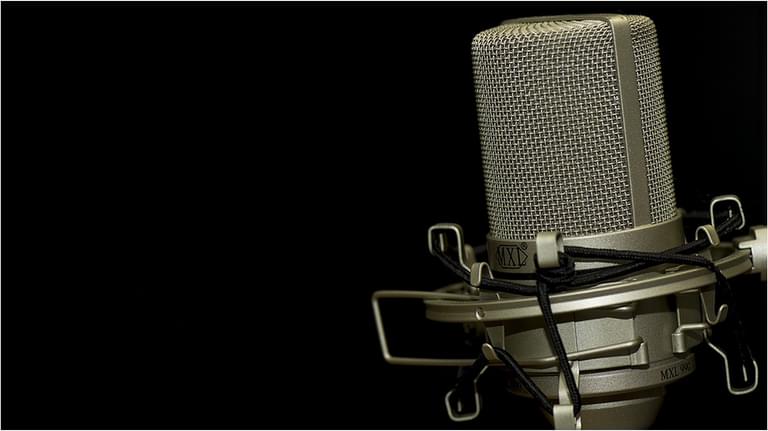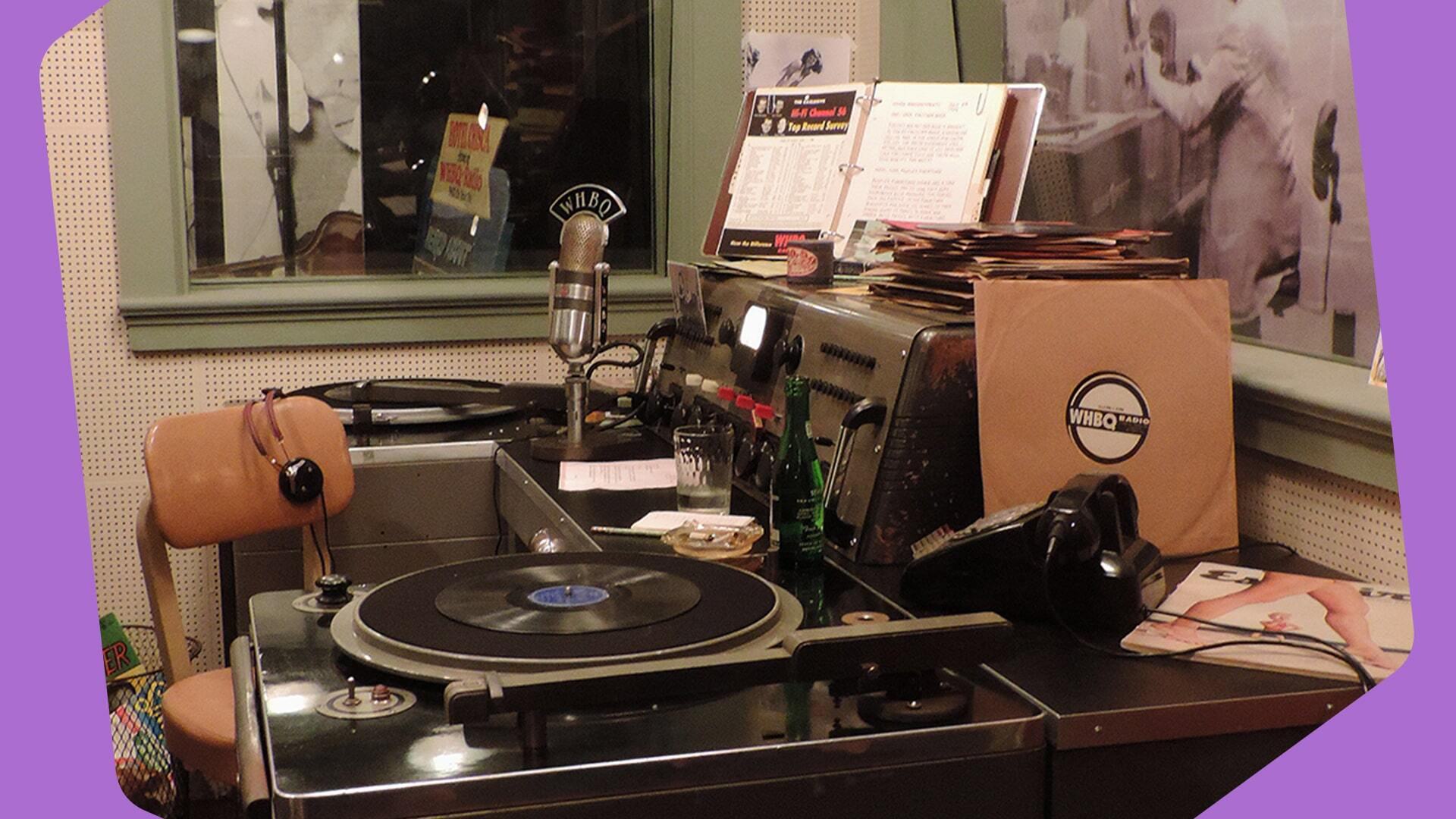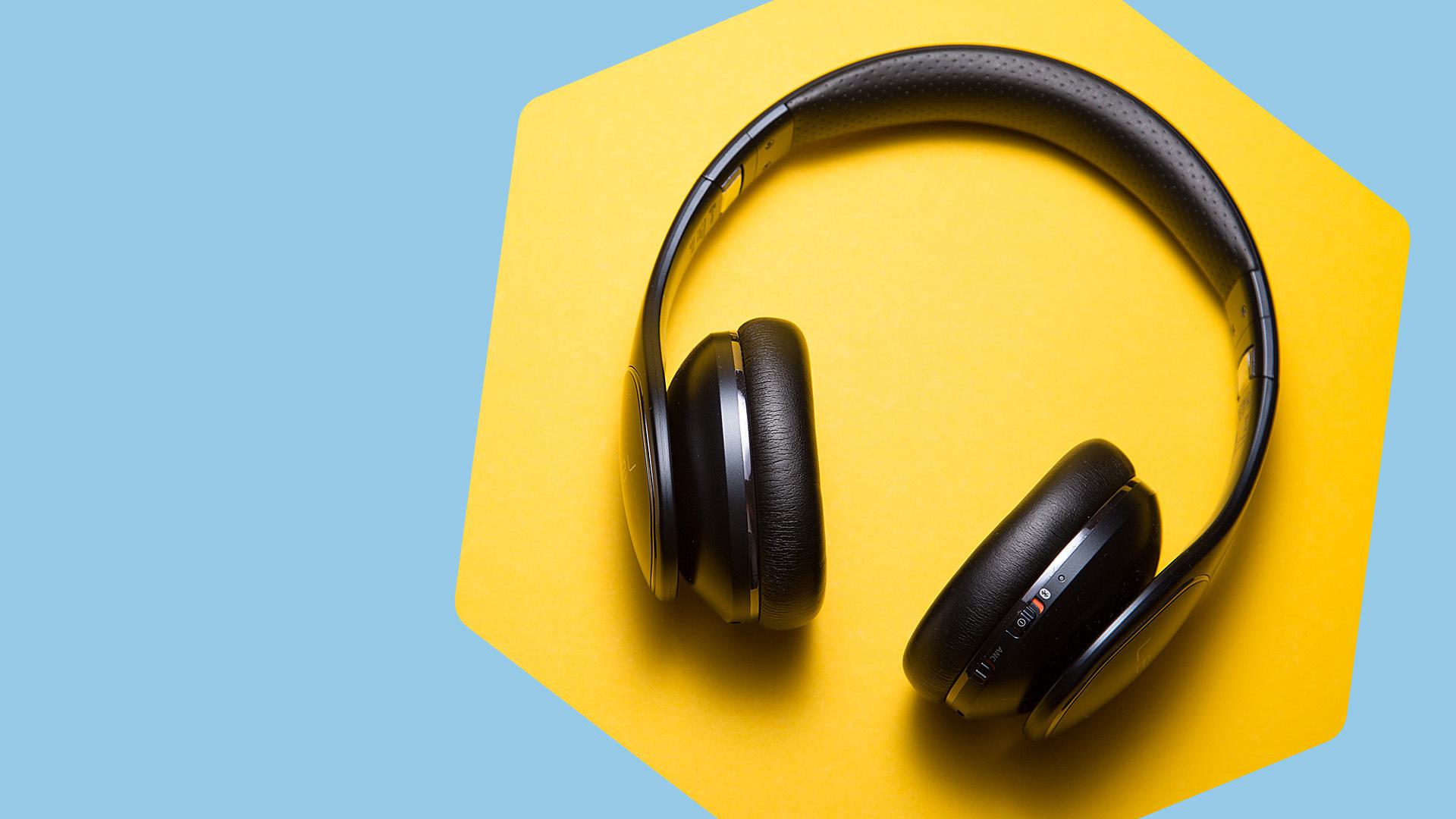Need advice? Let's talk.
Get straightforward guidance from your broadcasting partner. Schedule a call to chat with the team about your radio station.
Book DemoRadio Broadcasting Explained
Radio Broadcasting has changed forms in the past few decades. We explain what it means today and how you can get involved.
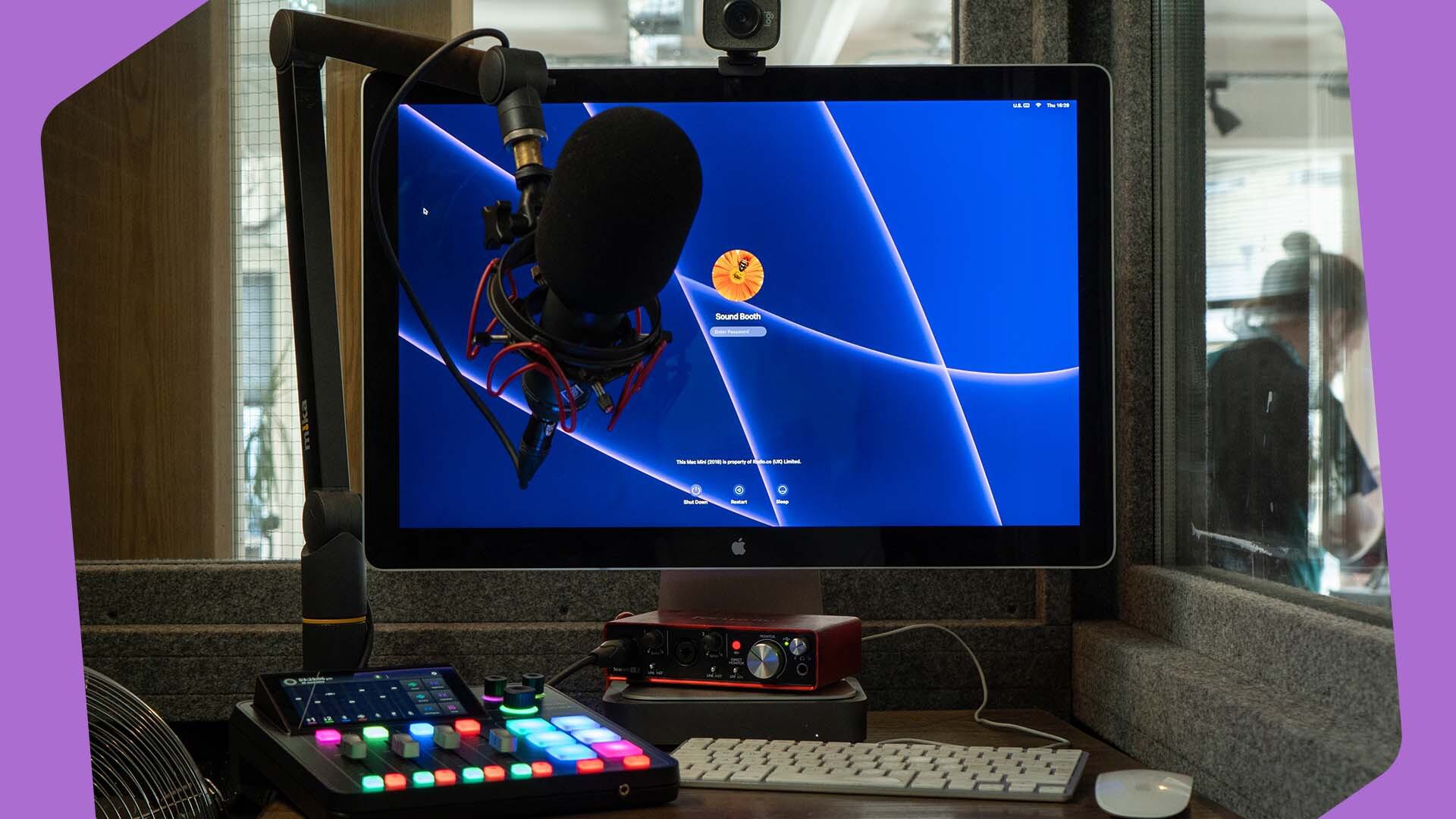
Radio Broadcasting may be an oldie (over 100 years in fact) but it’s still a goodie. A recent study by Edison research showed it to be the most popular audio listened to in cars. So take that Spotify!
The beloved medium has evolved over the years to include different technologies. The upside is the barrier to entry is much lower, but it can be a little confusing. So we explain all sides of radio broadcasting and how you can do it. Alternatively, take a tour and ask questions with an expert by booking a demo.
The Fundamentals of Radio Broadcasting
Radio broadcasting is essentially when audio is transmitted from one place to another. It originally referred to sending audio signals over AM and FM, but now includes DAB and streaming over the internet.
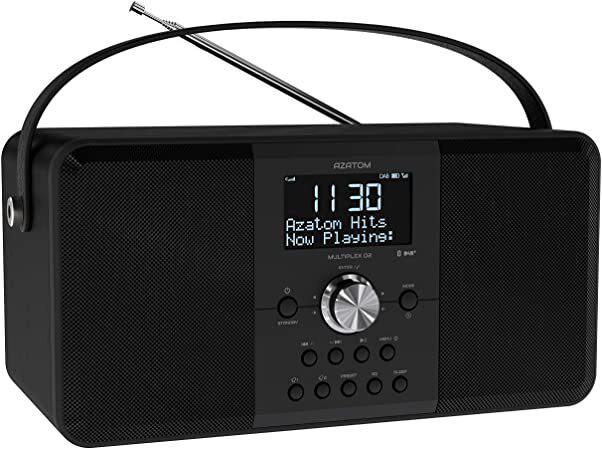
Radio broadcastings purpose is to send information (in audio form) to other locations in the world quickly and accurately. The information can be anything in audio form. From real-time updates like news stories or sports commentary to music and general conversation.
Different Types of Radio Broadcasting
There are 4 types of radio broadcasting used today:
1. AM
All around us, invisible to the eye are electromagnetic radio waves. In radio, these electromagnetic waves are used transmit information. A radio transmitter takes an audio signal and encodes it as a carrier signal. It then transmits this carrier signal along the electromagnetic radio waves in the air.
Radio sets receive this signal, decode it and we hear it as sound.
AM means amplitude modulation. The amplitude (ie. volume) of the carrier signal is changed (i.e modulated) to contain the information in the audio signal.
2. FM
FM stands for frequency modulation. Just like AM, it uses electromagnetic radio waves to transmit information. However, it doesn't change the amplitude of the carrier signal. Instead, the frequency of the carrier wave is decreased or increased. So, the frequency is changed i.e. modulated.
3. DAB
DAB stands for Digital Audio Broadcasting. Like AM and FM, DAB uses radio waves to reach listeners. But DAB doesn't modulate a carrier wave. Instead, DAB breaks down an audio signal into fragments and encodes it into numbers. These small bits of data are then transmitted for DAB receivers to decode and piece together.
It even encodes other bits of data like text, into numbers. So DAB receivers can show information like the name of the song or radio show.

With FM & AM, only one signal can be broadcast on every frequency. But with DAB, lots of data can be sent over the same frequency. This means multiple stations can be broadcast on the same frequency at the same time.
So, radio stations are grouped together to broadcast on one frequency. This is known as a multiplex.
4. Internet radio
Internet radio is when a radio station’s output is streamed over the internet. Rather than broadcast over electromagnetic radio waves (airwaves).

With internet radio, stations send their digital audio to servers that have the ability to stream audio. Then people connect to this server to listen. The higher the quality of audio being streamed, the more internet bandwidth is required to stream it.
All that is required to broadcast radio live online is, as the name suggests, an internet connection.
Comparing AM, FM, DAB, and Internet Radio
AM
- Requires a broadcasting licence
- Can broadcast up to several hundreds of miles
- Only one radio station can broadcast on one signal
- Subject to the most interference
- Does not transmit metadata like song names
FM
- Requires a broadcasting licence
- Can broadcast up to 40 miles
- Only one radio station can broadcast on one signal
- Subject to less interference than AM
- Does not transmit metadata like song names
DAB
- Requires a broadcasting licence
- Broadcasting distance depends on how many multiplexes a station belongs to
- Multiple radio stations can be broadcast on one signal
- Has no interference
- Can transmit metadata like song names
Internet radio
- Does not require a broadcasting licence
- Can broadcast anywhere in the world
- Number of radio stations are not limited to any signal
- Has no interference
- Can transmit metadata like song names
The Cost of Radio Broadcasting
Broadcast radio costs vary depending on the type of broadcasting, and the technology you’ll use. For AM, FM & DAB the costs include equipment, licensing fees and if you play commercial music, music licensing fees too.
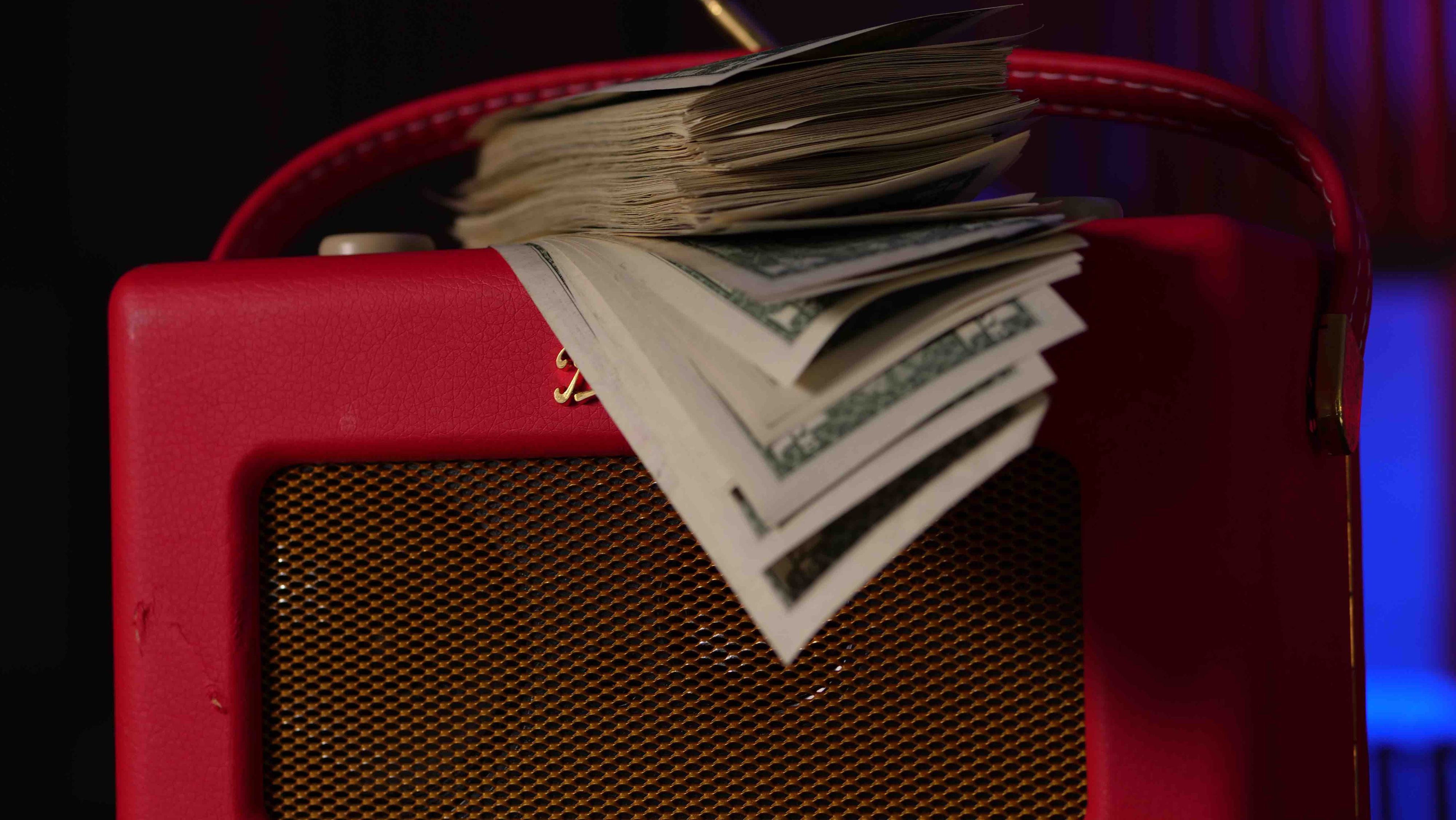
As internet radio doesn’t broadcast over AM, FM or DAB, there’s no license fee to pay. Broadcasting over the internet is typically cheaper as you can use the equipment you already have. Such as a computer or smartphone, and an internet package. All that’s left to pay for is a hosting service and music licensing.
With Radio.co, you can get a hosting service as well as a complete radio management system from $35 a month.
From uploading tracks and managing playlists to voice tracking your shows and getting listener figures, Radio.co has everything you need to manage your radio station.
How Do I Broadcast Radio?
How you broadcast radio depends on the preferred type of radio. For AM & FM, this requires a transmitter and configuring equipment. Because bandwidth is limited, not everyone can legally broadcast on AM, FM or DAB. In many countries, you'll need a licence.
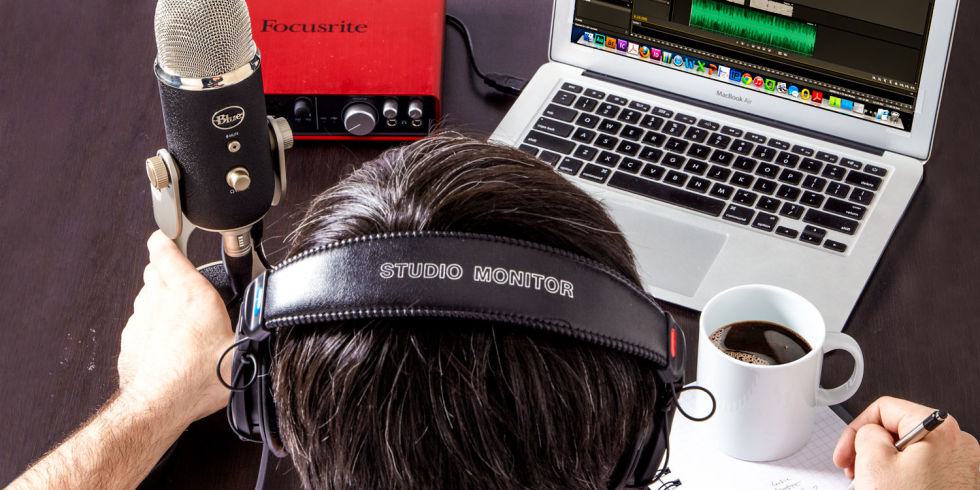
Alternatively, broadcasting online is remarkably simpler. All you need is a computer or smartphone and an internet connection. For example, with Radio.co everything is handled in the cloud. You don't need to worry about setting up a transmitter or configuration technical equipment. Just hook up audio equipment like a mic and mixer to your laptop, then start broadcasting to your station online.

